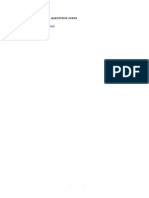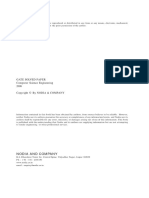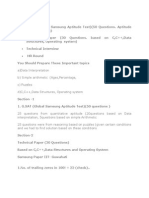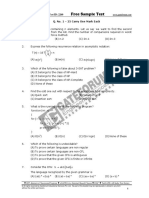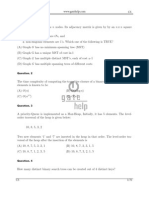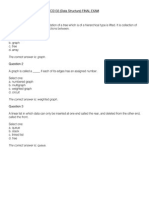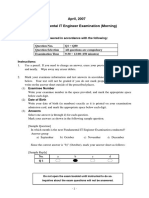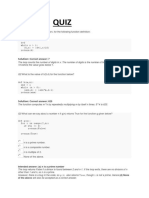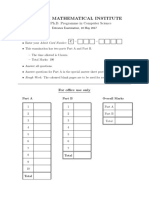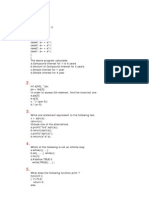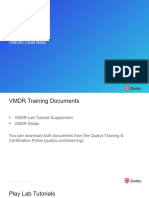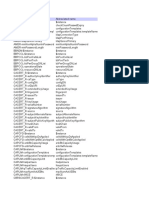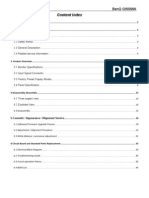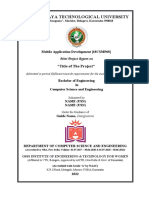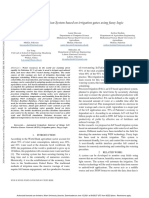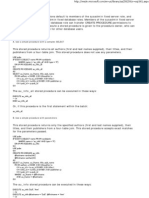0% found this document useful (0 votes)
45 views33 pagesGATE 2025 CS Exam Solutions
The document contains a collection of multiple-choice questions and solutions for the GATE 2025 Computer Science & Information Technology exam held on February 1, 2025. It includes questions on topics such as compiler optimization, recurrence relations, data structures, and algorithms, along with detailed solutions. The document serves as a study guide for candidates preparing for the GATE exam.
Uploaded by
Abhishek GodkarCopyright
© © All Rights Reserved
We take content rights seriously. If you suspect this is your content, claim it here.
Available Formats
Download as PDF, TXT or read online on Scribd
0% found this document useful (0 votes)
45 views33 pagesGATE 2025 CS Exam Solutions
The document contains a collection of multiple-choice questions and solutions for the GATE 2025 Computer Science & Information Technology exam held on February 1, 2025. It includes questions on topics such as compiler optimization, recurrence relations, data structures, and algorithms, along with detailed solutions. The document serves as a study guide for candidates preparing for the GATE exam.
Uploaded by
Abhishek GodkarCopyright
© © All Rights Reserved
We take content rights seriously. If you suspect this is your content, claim it here.
Available Formats
Download as PDF, TXT or read online on Scribd
/ 33







